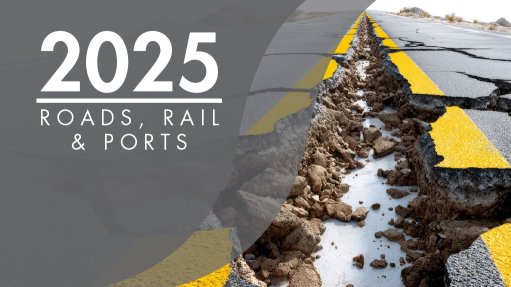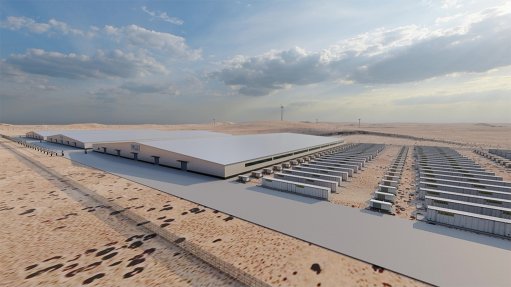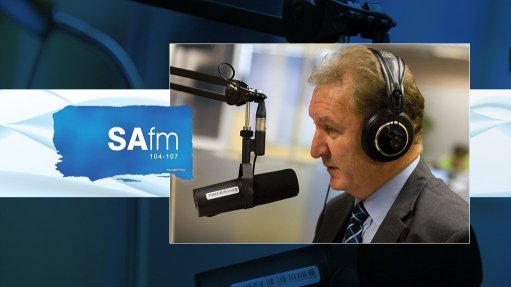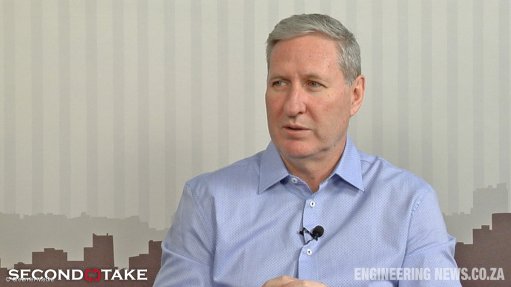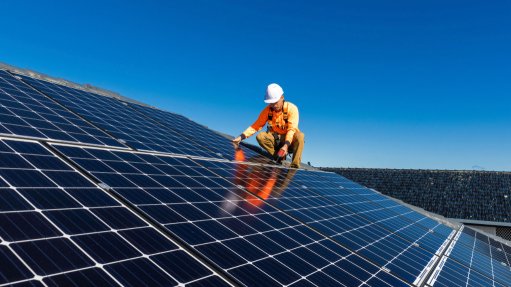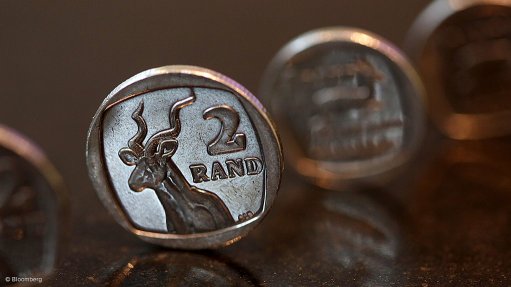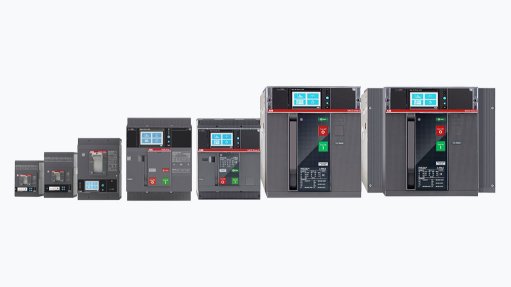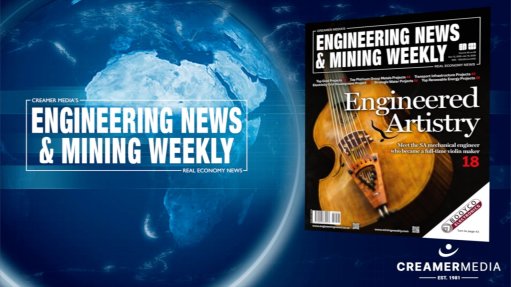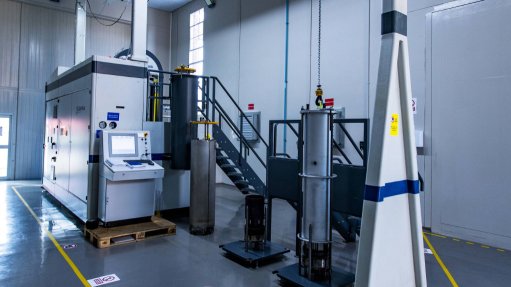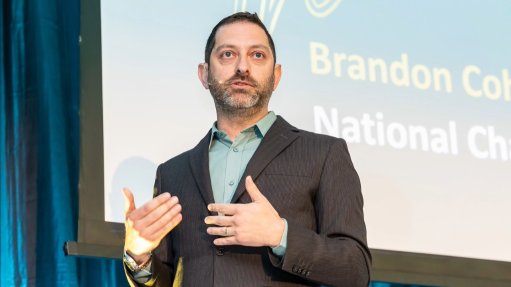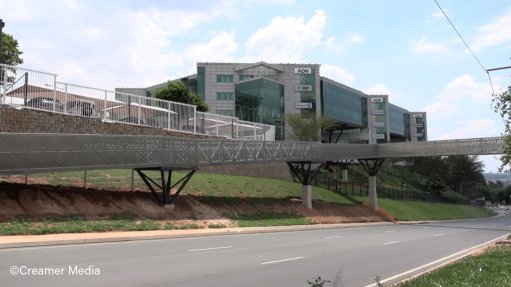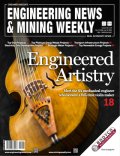Electric furnaces benefit operations, reduce emissions


MAXIMILIAN HANF Furnace expert at Grenzebach, Maximilian Hanf, says that the electric melter becomes the best option, despite increased electricity prices
Mineral wool is a “vital component in mankind’s battle with climate change”, as it helps reduce demand for heating and cooling within the built environment. However, its production still relies predominantly on the use of fossil fuels, which generate CO₂, says Grenzebach furnace expert Maximilian Hanf.
He notes that the prices of fossil fuels are higher than in the past and remain volatile and, as such, the production of mineral wool must become independent of fossil fuel energy. “Electrical energy is more reliable and – if sourced renewably – comes with a considerably lower CO₂ footprint.”
As an industrial automation expert and equipment supplier, Grenzebach has “always developed equipment that enables its clients to thrive in challenging economic environments”. This is a driver behind the development of its electric melting furnaces (“electric melters”) for mineral wool production.
The company has a long track record, stretching back to the 1970s, and notes the capacities of electric melters for mineral wool. Most furnaces were relatively small, although there has been a notable increase in size since the start of the 2020s, says Hanf.
The fact that such large electric furnaces can now be operated economically represents a step-change for the mineral wool industry, showing a clear path towards decarbonisation.
Lower CO₂ emissions are not the only advantage of electric melters, which are considerably simpler to operate and require fewer ancillary systems, such as, for example, oxygen generation and gas treatment facilities. While slightly more costly up front, this means that the plants are safer to operate and experience less downtime, improving operational expenditure.
“The only downside relative to the cupola furnaces is the consumption of graphite rods as consumables, the use of which is unique to electric melters,” says Hanf.
The volume of water needed for cooling is also lower, which is increasingly important in many countries as water-related demand increases amid the more dramatic effects of climate change. Another major advantage is the longevity of the refractories used, which last 50 to 100 times longer than in coke-fired cupola furnaces.
However, the biggest advantage of electrified mineral wool production is that it only requires electrical power, not fossil fuels. “When using renewable power, the entire melting process becomes CO₂-free. This is not only desirable from an ecological standpoint but is also an advantage in markets that attach a price to CO₂ emissions, such as the EU,” Hanf points out.
At an EU Emissions Trading Scheme cost of €80/t, it is less economical to run the electric melter than the other approaches. However, as these costs rise to €150/t, which Hanf notes is anticipated within the next two years, the economics “flip entirely”.
“The electric melter becomes the best option by far, as – despite increased electricity prices – the user is no longer paying for CO₂ emission permits.”
Consequently, Grenzebach is now developing capabilities to produce large-scale electric melters for mineral wool, in part alongside its Germany-based engineering firm partner Blue Metals. Further developments and market trends are also being monitored. For example, the next step could be, developing a hybrid electric-hydrogen melter.
Going forward, Hanf says that Grenzebach will leverage its large international technological base to help global insulation clients complete the transition to electrified mineral wool production.
Article Enquiry
Email Article
Save Article
Feedback
To advertise email advertising@creamermedia.co.za or click here
Comments
Press Office
Announcements
What's On
Subscribe to improve your user experience...
Option 1 (equivalent of R125 a month):
Receive a weekly copy of Creamer Media's Engineering News & Mining Weekly magazine
(print copy for those in South Africa and e-magazine for those outside of South Africa)
Receive daily email newsletters
Access to full search results
Access archive of magazine back copies
Access to Projects in Progress
Access to ONE Research Report of your choice in PDF format
Option 2 (equivalent of R375 a month):
All benefits from Option 1
PLUS
Access to Creamer Media's Research Channel Africa for ALL Research Reports, in PDF format, on various industrial and mining sectors
including Electricity; Water; Energy Transition; Hydrogen; Roads, Rail and Ports; Coal; Gold; Platinum; Battery Metals; etc.
Already a subscriber?
Forgotten your password?
Receive weekly copy of Creamer Media's Engineering News & Mining Weekly magazine (print copy for those in South Africa and e-magazine for those outside of South Africa)
➕
Recieve daily email newsletters
➕
Access to full search results
➕
Access archive of magazine back copies
➕
Access to Projects in Progress
➕
Access to ONE Research Report of your choice in PDF format
RESEARCH CHANNEL AFRICA
R4500 (equivalent of R375 a month)
SUBSCRIBEAll benefits from Option 1
➕
Access to Creamer Media's Research Channel Africa for ALL Research Reports on various industrial and mining sectors, in PDF format, including on:
Electricity
➕
Water
➕
Energy Transition
➕
Hydrogen
➕
Roads, Rail and Ports
➕
Coal
➕
Gold
➕
Platinum
➕
Battery Metals
➕
etc.
Receive all benefits from Option 1 or Option 2 delivered to numerous people at your company
➕
Multiple User names and Passwords for simultaneous log-ins
➕
Intranet integration access to all in your organisation






